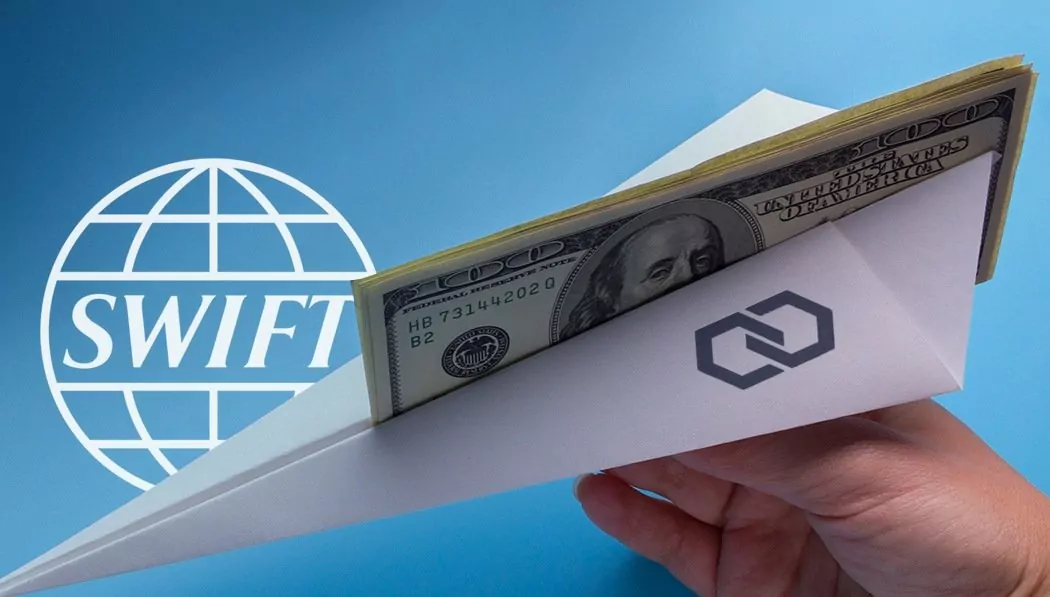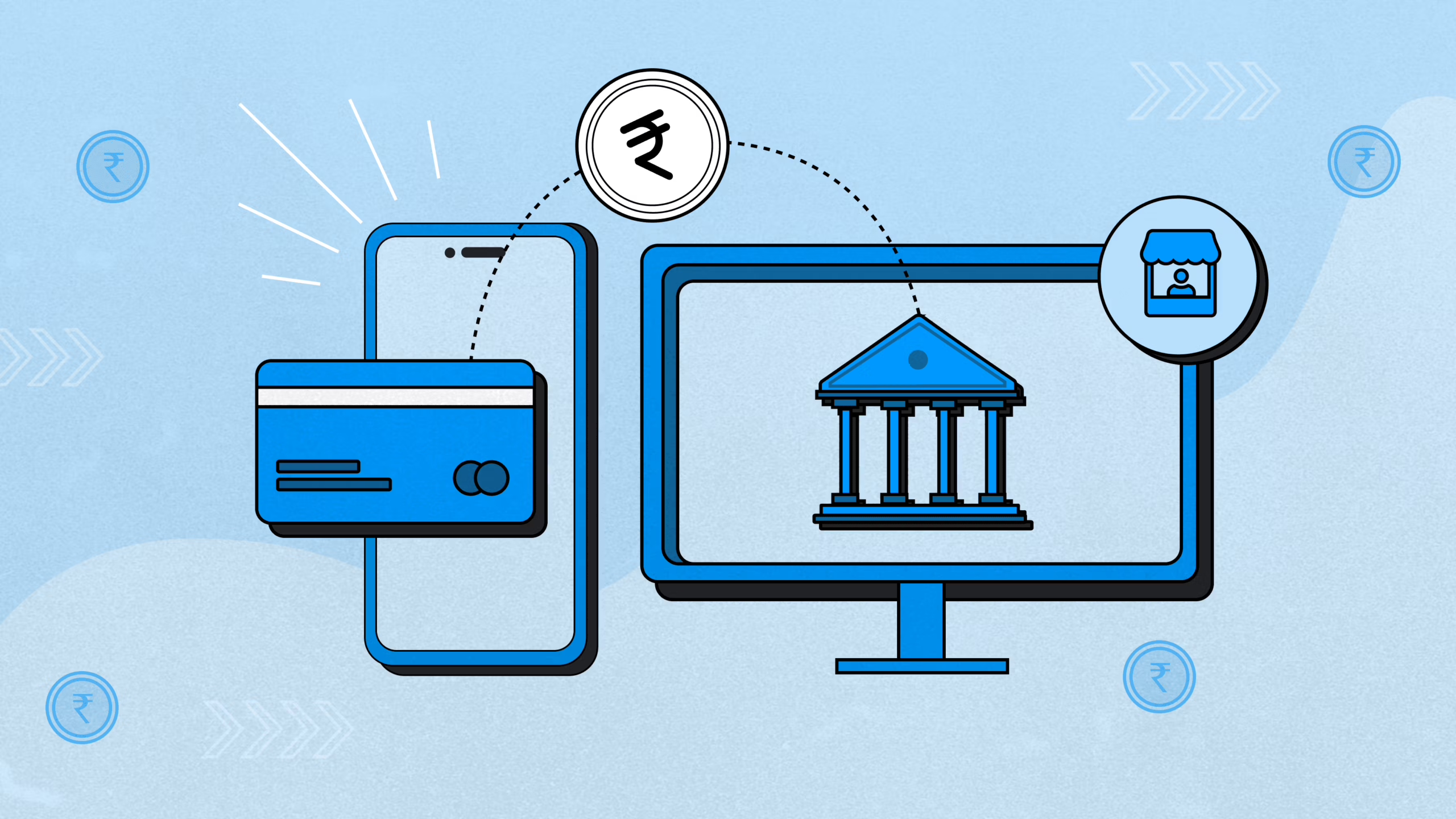For companies that conduct business across borders, international transactions are a way of life. The SWIFT network has been the norm for transferring and receiving money worldwide for many years. But perhaps one of the biggest issues companies have with SWIFT transfers is the convoluted and often unpredictable fee system. Exorbitant transaction fees and surprise deductions can hit profitability hard in a hurry, so it is important for companies to have a full grasp of SWIFT transfer fees and charges.
Managing these fees is particularly vital for businesses dealing with regular international payments. Understanding where the money is going and who pays for which fee can assist businesses in keeping better tabs on costs and maintaining their finances more efficiently.
What Are SWIFT Transfer Fees and Charges Exactly?
SWIFT transfer fees are fees associated with utilizing the SWIFT network to transfer money internationally. These fees aren’t a single simple charge; they may appear at various times during the transfer. This can cover fees that banks charge for sending money, fees that banks charge in between, fees charged by banks receiving money, and currency change-related costs. The actual figure of these charges can vary depending on factors such as which banks are involved, the nations money is being sent from and to, and what currencies are being transferred.
Companies that rely on SWIFT usually find these fees to be excessive and unpredictable. For instance, transferring $10,000 from a U.S. bank to an Indian account isn’t merely one charge. There could be a fee of perhaps ₹2,000 on the money as it arrives, another ₹3,000 drained by banks during transit, and possibly $25 charged by the bank that originates the money. These various charges mount up, so the receiver receives less than what was actually sent, and the cost to complete the transfer increases for everyone.
In order to better deal with recurring international payments, companies must learn how these charges operate and how to deal with them better.
Dissecting the Various SWIFT Transfer Charges
To gain a better understanding, let’s examine the particular types of charges you may find with a SWIFT transfer:
Outgoing Transfer Charges (levied by the sender’s bank):
- What it is: This is the charge the bank making the transfer imposes on the individual or company making the transfer.
- Typical Cost: This charge tends to be a fixed amount, usually between $25 and $50, but it can differ.
- Example: If a company transfers $10,000 from an American bank to a supplier in India, the American bank may charge an outgoing transfer fee of $50.
Intermediary Bank Fees:
- What it is: International transfers sometimes have to go through one or more intermediary banks that are in between the sender’s bank and the recipient’s bank. Intermediary banks charge a fee for facilitating the transfer.
- Typical Cost: If a transfer involves intermediary banks, each of them may charge a fee, typically between $10 and $30 per transaction they facilitate.
- Example: One transfer may go through two intermediary banks, and add $20 to $60 or more to the final cost before reaching the last bank.
Recipient Bank Fees:
- What it is: The recipient’s bank may impose a fee for processing the incoming foreign funds.
- Typical Cost: For receiving funds, Indian banks usually levy a charge, which could be between ₹200 and ₹1,000. In certain instances, it may be a flat rate of about $25.
- Example: When a $10,000 payment is made and the receiving bank of the recipient in the U.S. imposes a $25 receiving fee, the recipient will receive only $9,975 in their account.
Currency Conversion Charges
- What it is: If the funds being sent are in a currency other than that of the account holder, the bank will exchange the currency. Banks typically don’t use the actual market exchange rate you would find online; they place a markup on it.
- Typical Markup: This markup is typically between 2% and 5% higher than the actual market rate.
- Example: When a company must exchange ₹1,00,000 to USD, and a 3% markup is charged on the exchange rate by the bank, the receiver would receive approximately ₹3,000 less in equivalent USD value if the actual market rate were applied. That is a huge disguised cost.
Who Pays What? Understanding Fee-Bearing Codes
When initiating a SWIFT transfer, the sender must determine who is to pay the different charges. They do this through selecting one out of three default codes:
- OUR: All charges are paid by the sender. This implies that the individual or firm to whom the money is being sent should receive the entire amount they initially sent. The sender pays for all charges, including intermediary bank charges and the bank receiving charges.
- SHA (Shared): Fees are split. The sender pays the fees charged by their sending bank. The person or business receiving the money covers the fees charged by their bank and any intermediary banks involved. This is a common option.
- BEN (Beneficiary): The recipient is charged all fees. Here, all the charges, including the sending bank and any intermediary banks, are debited from the amount before it is credited to the recipient’s account. The recipient gets less than the amount sent originally.
Knowing which code is applied to a transaction is necessary for both the sender and the receiver to understand how the costs will be split.
What Makes SWIFT Transfer Costs Change?
Several factors can cause SWIFT transfer costs to differ between transactions:
Different Banks and Locations:
- Bank Differences: Not all banks charge the same fees. Large international banks might have different fee structures compared to smaller local banks or newer financial technology companies. For example, sending money from a large bank might cost more than from a smaller one.
- Regional Differences: The geolocation of the banks involved can also influence expenses. Transferring money from or to specific countries or areas may have various charges because of local banking policies or the average number of middleman banks that are usually used.
Changing Money and Exchange Rates:
- Markup: As noted, banks charge an additional percentage (usually 2% to 4%) to the actual exchange rate. The markup is that you receive fewer units of the other currency upon conversion.
- Rate Fluctuations: Exchange rates can increase or decrease quite often, even throughout a single day. This results in the ultimate sum received after currency exchange being difficult to accurately forecast when initiating the transfer.
How Transparent Are the Fees?
- Hidden Charges: At times, banks mingle the cost of the exchange rate with other fees involved in the transfer process, making it difficult to visualize the actual cost of each component.
- Fees Along the Way: If a transfer passes through multiple banks, each can charge a fee, and that can cut into the amount that ultimately arrives without the receiver or sender having transparent visibility of these discrete charges in advance.
Speed of the Money:
- Standard Speed: Everyday SWIFT transfers typically take 2 to 5 business days and have the typical fees.
- Quicker Speed: If you require the money to be received faster, some banks provide ‘express’ transfers. These are more expensive, adding perhaps $50 to $100 or more to the fees for quicker processing. Advanced planning of payments can prevent the necessity for these higher-cost alternatives.
Delays and Fees in SWIFT Transfers
SWIFT transfers may take longer at times than anticipated. They can be frustrating and could even be more expensive. In case the payment has been delayed, tracing where it is could incur additional tracing charges. Moreover, if a company is paying a supplier late due to a transfer delay, they may end up paying penalties or additional interest.
For companies, delays in receiving money can lead to issues with paying their own bills, impact how they operate with their suppliers, and even result in missing critical deadlines. Being aware that delays can occur and knowing the additional costs associated with them allows companies to plan better and hopefully avoid such issues.
For instance, if a business in the U.S. must pay a supplier in 30 days, but the SWIFT transfer takes longer, they may violate their contract with the supplier and be penalized. For firms that purchase regularly from foreign nations, these additional costs and hassles can accrue rapidly. Careful planning and ensuring that all of the payment information is accurate can ensure transfers are more streamlined and consistent.
Final Thoughts
SWIFT transfers are the usual method used by businesses to transfer money internationally. However, they tend to be accompanied by charges that can be confusing, such as charges by banks in transit, charges for money-changing, and penalties if there are delays. By knowing these various charges, businesses can better prepare their finances and be prepared.
While understanding the complexities of SWIFT fees is essential for any business operating internationally, navigating the unpredictable costs and potential delays can still be a challenge. If you’re seeking a more straightforward and cost-effective way to handle your global transactions, especially when receiving payments, consider exploring modern financial solutions designed for greater transparency and efficiency. BRISKPE.com offers a streamlined platform aimed at simplifying international payments with clear pricing and better exchange rates, providing a welcome alternative to the traditional SWIFT fee structure.
Visit BRISKPE today to learn how you can experience more predictable and efficient cross-border transactions.








